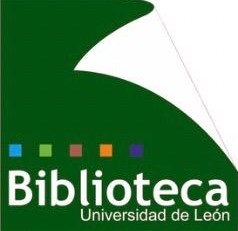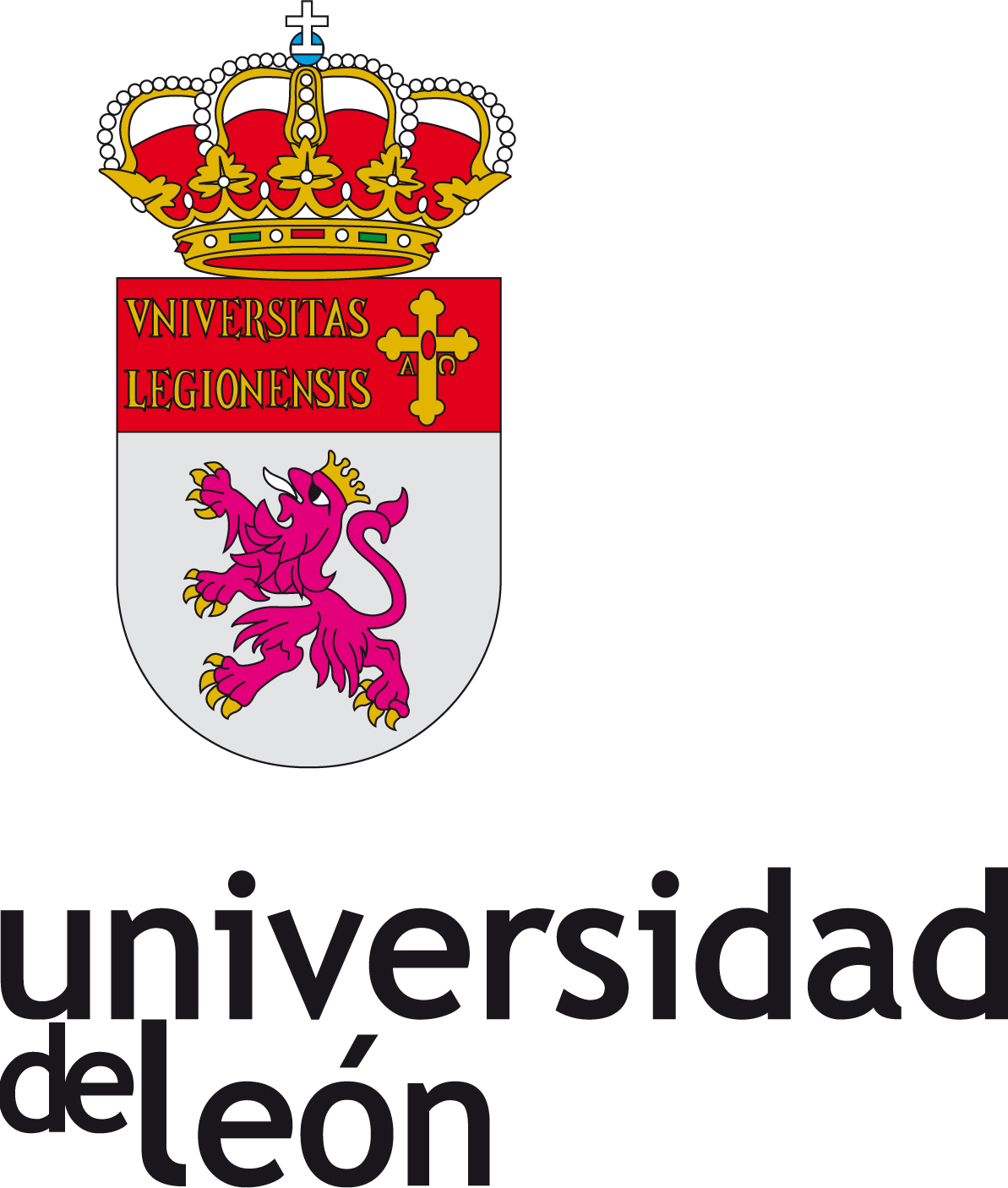Compartir
Título
Radar and multispectral remote sensing data accurately estimate vegetation vertical structure diversity as a fire resilience indicator
Autor
Facultad/Centro
Área de conocimiento
Título de la revista
Remote Sensing in Ecology and Conservation
Número de la revista
4
Cita Bibliográfica
Fernández-Guisuraga, J. M., Suárez-Seoane, S., & Calvo, L. (2022). Radar and multispectral remote sensing data accurately estimate vegetation vertical structure diversity as a fire resilience indicator. Remote Sensing in Ecology and Conservation. https://doi.org/10.1002/RSE2.299
Editorial
Wiley
Fecha
2022-08-22
ISSN
2056-3485
Resumen
The structural complexity of plant communities contributes to maintaining the
ecosystem functioning in fire-prone landscapes and plays a crucial role in driving
ecological resilience to fire. The objective of this study was to evaluate the
resilience to fire off several plant communities with reference to the temporal
evolution of their vertical structural diversity (VSD) estimated from the data
fusion of C-band synthetic aperture radar (SAR) backscatter (Sentinel-1) and
multispectral remote sensing reflectance (Sentinel-2) in a burned landscape of
the western Mediterranean Basin. We estimated VSD in the field 1 and 2 years
after fire using Shannon’s index as a measure of vertical heterogeneity in vegetation
structure from the vegetation cover in several strata, both in burned and
unburned control plots. Random forest (RF) was used to model VSD in the
control (analogous to prefire scenario) and burned plots (1 year after fire)
using as predictors (i) Sentinel-1 VV and VH backscatter coefficients and (ii)
surface reflectance of Sentinel-2 bands. The transferability of the RF model
from 1 to 2 years after wildfire was also evaluated. We generated VSD prediction
maps across the study site for the prefire scenario and 1 to 4 years postfire.
RF models accurately explained VSD in unburned control plots (R2 = 87.68;
RMSE = 0.16) and burned plots 1 year after fire (R2 = 80.48; RMSE = 0.13).
RF model transferability only involved a reduction in the VSD predictive capacity
from 0.13 to 0.20 in terms of RMSE. The VSD of each plant community
4 years after the fire disturbance was significantly lower than in the prefire scenario.
Plant communities dominated by resprouter species featured significantly
higher VSD recovery values than communities dominated by facultative or obligate
seeders. Our results support the applicability of SAR and multispectral data
fusion for monitoring VSD as a generalizable resilience indicator in fire-prone
landscapes.
Materia
Palabras clave
Peer review
SI
ID proyecto
- info: eu-repo/grantAgreement/AEI/Programa Estatal de I+D+i Orientada a los Retos de la Sociedad/AGL2017-86075-C2-1-R/SEVERIDAD DE GRANDES INCENDIOS EN SISTEMAS FORESTALES PROPENSOS AL FUEGO: CONDICIONANTES, EFECTOS EN LA PROVISION DE SERVICIOS Y SOLUCIONES DE GESTION PRE- Y POST-INCENDIO
- Junta de Castilla y León/LE005P20/
- The British Ecological Society/SR22-100154project
URI
DOI
Aparece en las colecciones
- Artículos [4610]
Ficheros en el ítem
Tamaño:
8.300
xmlui.dri2xhtml.METS-1.0.size-megabytes
Formato:
Adobe PDF














